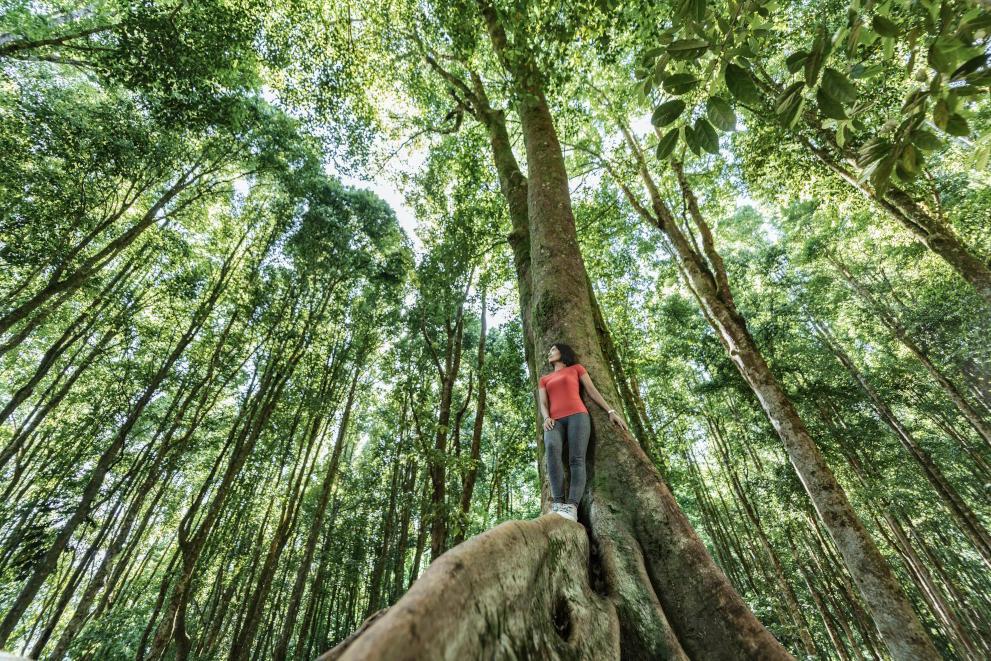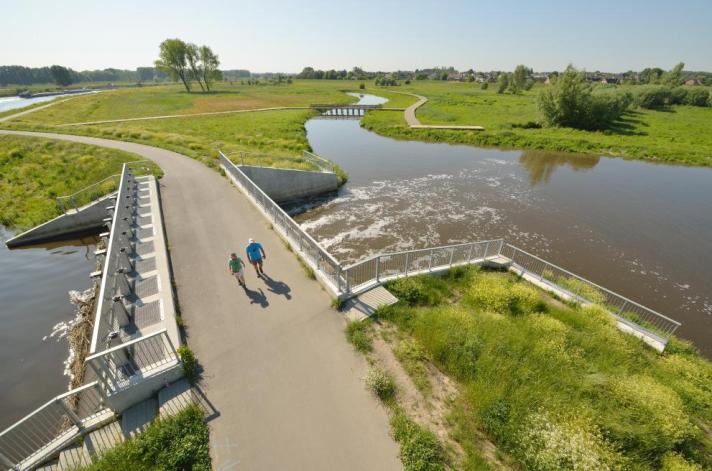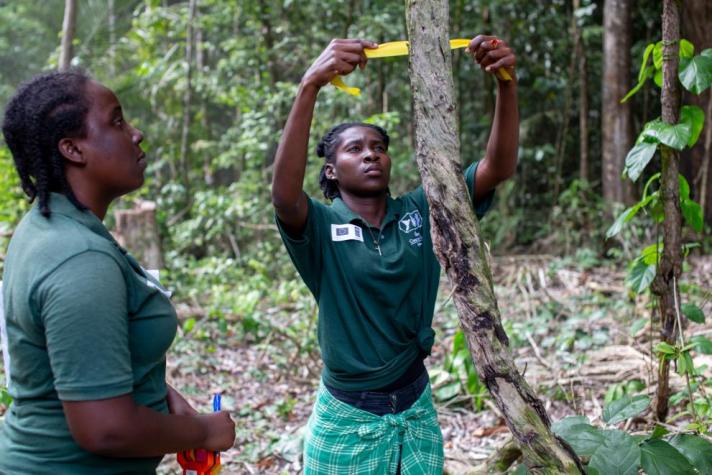
Weeks after the COP27 UN climate conference in Egypt and with the COP15 biodiversity conference in Canada still ongoing, it is clearer than ever that the two crises – climate change and biodiversity loss – are interconnected and need to be tackled together. Warmer temperatures, droughts, rising sea levels: these and other extreme consequences of climate change are contributing to an unprecedented loss of biodiversity across the globe. Life on our planet, from microorganisms and insects to trees and elephants, simply cannot adapt fast enough – and as a result, 1 million plant and animal species are currently in danger of extinction.
As the ability of our ecosystems to produce air, water and food is regulated by the flora and fauna that populate them, endangering this equilibrium threatens humanity’s survival on the planet. This is why the European Union has been supporting numerous biodiversity protection projects, both within and outside Europe.
Here are 6 stories of how the EU is working to prevent a global environmental catastrophe.
At home
With its LIFE Programme, the EU aims to tackle the climate crisis and reverse biodiversity loss through a series of initiatives across Europe. Many of them combine nature conservation with climate adaptation and building resilience – that is to say, they aim to help regions and areas prepare better for the consequences of climate change, including by reinforcing natural ecosystems.
As part of the LIFE SPARC project, eight “climate buffers” were built across the Scheldt estuary in Flanders, Belgium, to prevent floods. This natural infrastructure – open areas that can capture excess river water and slow down stormwater – will not only protect the neighbouring urban areas from flooding, but also safeguard the estuary ecosystem and its many wildlife species. In addition, wildlife corridors will make it easier for the animals to move around.
Some ecosystems are especially important for the climate – intact peatlands, for example, can store about 30% of the global carbon on 3% of the land area, which is twice as much as all woods together. Additionally, they host a variety of plant and animal species, and offer a natural defence against flooding. This is why degraded peatlands are being restored with EU support all over Europe, and some initiatives span several countries, like the LIFE Peat Restore project that has recovered some 5,300 hectares across Germany, Poland, Lithuania, Latvia, and Estonia.
Last but not least, the LIFE-KEDROS project in Cyprus has set out to plant thousands of saplings and create a ‘fire prevention plan’ for the habitat of the Cyprus cedar tree. As this rare species is threatened by droughts, insect blights, and its inability to regenerate after wildfires, the project has contributed to increasing its resilience and adaptability to climate change – and, as a result, it has helped protect the biodiversity of this natural habitat.
Further afield
In Suriname, South America, the EU has trained young people such as Domitsio, Fransje, Fernando and Priscilla on forest conservation. Having learnt how to inspect, monitor and collect data on logging, the young forest rangers are contributing to the protection of Suriname’s Amazon forest – a complex and precious ecosystem which not only hosts a huge variety of plant and animal species, but also helps mitigate climate change by storing carbon.
In Africa, the EU has been supporting local farmers across Mauritius in the adoption of climate friendly practices. That includes helping the farmers cut both the carbon footprint of their activities and their usage of chemical pesticides which are highly harmful to local biodiversity. With the new approach, the soils are less polluted, the agricultural products are healthier, and the whole agriculture system becomes more resilient, improving food security.
The EU has also supported the wildlife conservation project that Astou and other Senegalese ecologists have been carrying out across the Sahel wetlands in Southern Sahara. The area, home of several waterbird species, is facing severe biodiversity loss due to the land degradation. This, in turn, is caused by human activities – such as intensive agriculture – and exacerbated by climate change. Nevertheless, thanks to the large-scale monitoring operation by Astou and her colleagues, fluctuations in waterbird species presence in Sahel can now be tracked – which will facilitate future conservation efforts in the area.
What comes next?
Although the EU has had considerable success with funding local projects in various areas of our continent and the world, urgent large-scale action is still needed to prevent countless plant and species from going extinct and ultimately avoid irreversible disruption of our ecosystems
And this is what the EU is doing not with policy measures. With the EU Biodiversity Strategy for 2030, we aim to put Europe’s biodiversity on the path to recovery, establishing more protected areas on land and at sea and restoring degraded ecosystems, especially those with the most potential to capture and store carbon and to reduce the impact of natural disasters. With this in mind, the Commission has recently proposed the EU’s first ever Nature Restoration Law with binding targets for specific habitats and species. And last but not least, the EU has also committed to planting at least 3 billion additional trees across its territory by 2030.
We will also continue to push our Member States and international partners to raise their ambition in global climate action and biodiversity protection efforts – so that we can avert these two environmental disasters of a planetary magnitude.
Details
- Publication date
- 14 December 2022
- Author
- Directorate-General for Climate Action


